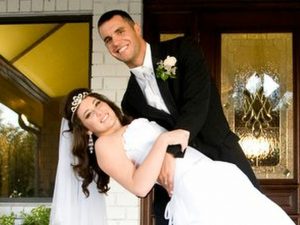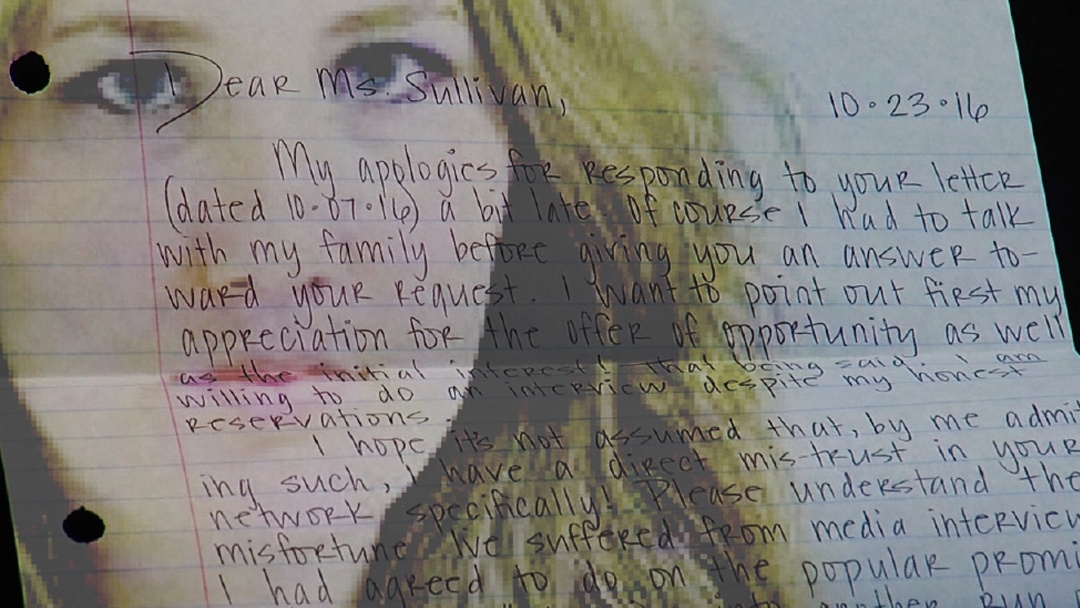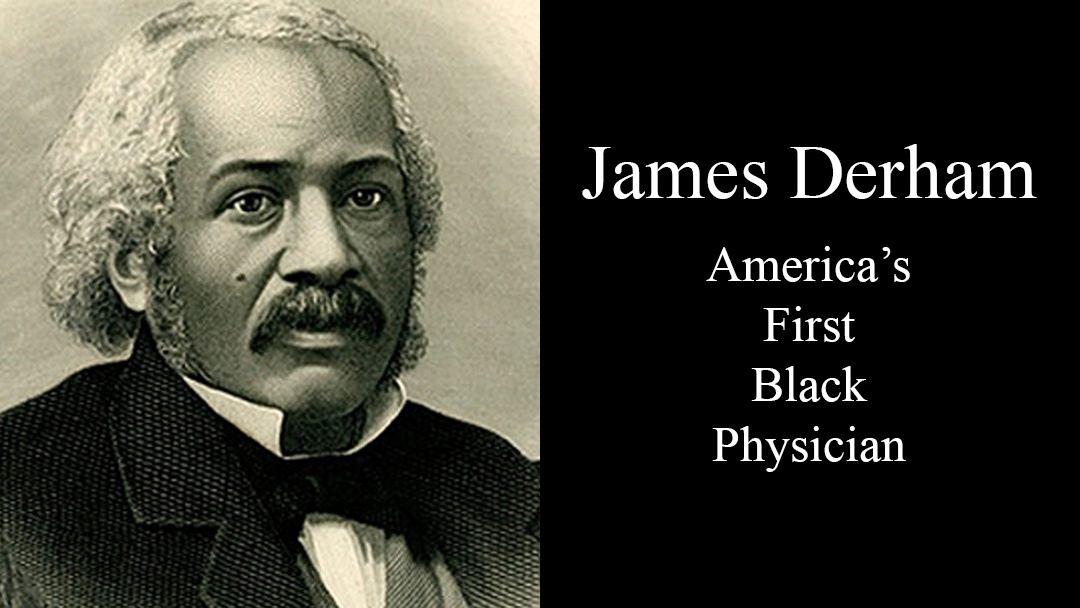You may not have heard that Amber Hilberling, mother of a small child, killed herself in her prison cell in Oklahoma in October of 2016.
Tragic, you say, but who in the world was Amber Hilberling?
 The crimes shows had featured her in 2011 after her young husband Joshua fell 17 stories to his death from their high rise apartment–he had crashed through a picture window as the couple had a nasty, physical altercation, according to Amber. The 20-year-old Hilberling was seven months pregnant with their son at the time. She later sued the apartment building for negligence, installing glass so thin that it did not impede a person breaking through to a fatal fall.
The crimes shows had featured her in 2011 after her young husband Joshua fell 17 stories to his death from their high rise apartment–he had crashed through a picture window as the couple had a nasty, physical altercation, according to Amber. The 20-year-old Hilberling was seven months pregnant with their son at the time. She later sued the apartment building for negligence, installing glass so thin that it did not impede a person breaking through to a fatal fall.
She was tried for murder, turned down a 5-year sentence plea deal, apparently confident of acquittal. But she was convicted, and sentenced to 25 years. Oklahoma law does not require intent to kill, per se, for second-degree murder convictions, but does require the commission of an “imminently dangerous” act by someone displaying a “depraved mind.”
 All of which should put our senses of deductive reasoning, our sense of reason and reasonable doubt, into overdrive. All we know for sure is that the relationship was tempestuous, with a history of violence. He had filed a protective order against her—claiming injury from a lamp thrown in a fight—and she had suffered abuse at his hands as well. Their parents’ generation apparently saw danger in the explosive emotions, and no one would claim the relationship was all milk and honey.
All of which should put our senses of deductive reasoning, our sense of reason and reasonable doubt, into overdrive. All we know for sure is that the relationship was tempestuous, with a history of violence. He had filed a protective order against her—claiming injury from a lamp thrown in a fight—and she had suffered abuse at his hands as well. Their parents’ generation apparently saw danger in the explosive emotions, and no one would claim the relationship was all milk and honey.
Apparently Joshua was packed to leave that night, and Amber contends he exploded when called a”coward” for moving out. She maintained that her actions in the ensuing struggle were essentially self-defense, although authorities reported no signs of a struggle in the apartment.
So all agree about the volatile relationship, but no video tape exists of the fatal action on June 7th of that year. She was smaller and weighed a hundred pounds less. Perhaps Joshua, tall and athletic and 220 pounds, paused a moment, turned his back on her, and was shoved through the window by a charging bull of a wife. But does that sound like the most likely scenario? Amber claimed he grabbed her roughly, apparently not caring about her pregnant condition, and she roughly pushed him away. She spoke of “pushing him” in the direction of the window when she candidly talked with her grandmother at police headquarters that night, unaware a tape was rolling. But pushing is an imprecise term. How exactly, precisely did someone that large exit a window at the hands of someone that small? Most of us who’ve been in physical collisions in our lives remark how unpredictable it all seems, who ends up falling in what direction, hitting what object or what wall. And it all happens so fast.
And day-to-day, wouldn’t you consider the large window of an apartment as essentially a see-through wall, something solid? Who would live in an environment where, if you stumbled near the picture window, you might soon be in the sky on the way down to your death? By definition, you consider the huge window minimally dangerous, or you wouldn’t live in the place. So by what logic would she suddenly decide she could overpower her husband and throw him through the window? It’s not impossible to imagine that mindset, but it’s difficult. Keep in mind that this woman was in the third trimester of a pregnancy, with Joshua’s child.
So where does all this leave us, as straight thinkers, speculating about something that only one person alive was witness to? Like many a mystery, the truth of the matter is that we’ll never know exactly how Joshua Hilberling came to impact that window with enough force to go through it. The glass turned out to be unusually thin for the setting, and it may not have been all that much force. The open question of those few seconds will remain forever: we’ll simply never know.
If the accused should only be convicted of offenses that occurred “beyond a reasonable doubt,” it’s fair to ask why Amber was prosecuted for anything beyond simple assault (or at most involuntary manslaughter.) She could have been given the maximum jail time for that, and the weight of the tragic events would have continued to punish her, the rest of her life, as she raised her son.
And suicide, always the most depressing of mysteries, lies over the story like a somber fog. Amber hung herself in her cell a few years into her sentence, barely twenty-five years old, most of her life ahead of her. But could she see only the miseries of the long sentence ahead, coupled with separation from her son and family, piled on top of a bitter infamy as the woman “who pushed her husband to his death?” The Medical Examiner reported traces of methamphetamine in her system. Prison life is hard, it’s amazing so many persevere and survive it. Supposedly the most controlled environment of them all is always open, to drugs, to corruption.
Parents rarely wish to believe in the suicide of a child, and Heather’s are no exception. She was murdered, they insist. But by whom, with what motive? In her emotionally fiery teens she may have been a threat for domestic violence, but she was a threat to no one in prison, not that we know of. Perhaps her emotions simply took an extra despondent turn that afternoon, going over the edge as her husband had five years earlier. There’s so much about Amber we may never know.
Editor’s Note: This is only a taste of the tragedy that was the Hilberling case. From her candid behavior in a police interrogation room on the night in question, to dedicated episodes of the Dr. Phil show, the material available on YouTube alone could deepen your Hilberling Studies. The transcript of the trial is illuminating as well. From start to finish, there’s many a story within the story that was Amber Hilberling.













